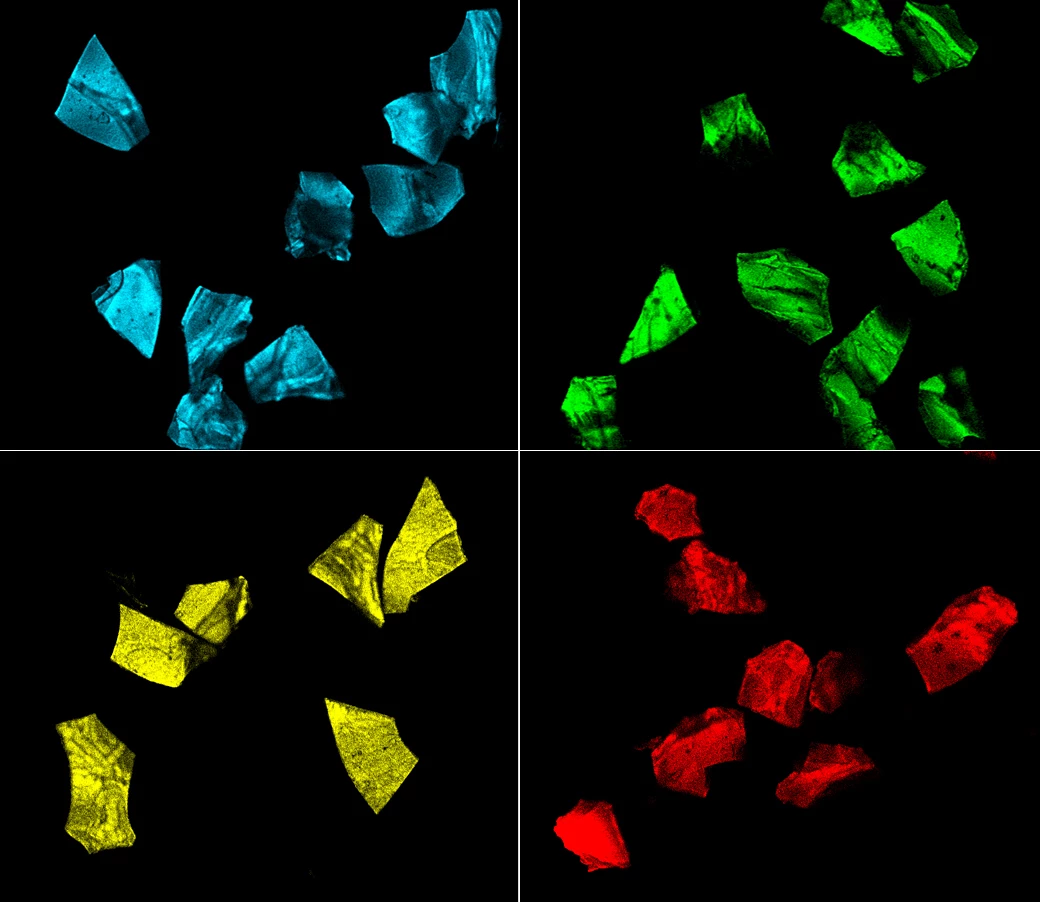Manufacturing counterfeit drugs is a sinister money-making exercise, but the problems don’t end at the profits. Counterfeit opioids, for example, have led to deaths in 46 states across the US, according to scientists at Purdue University, who have come up with an edible security tag that can be integrated into medicine to guarantee its safety and authenticity.
While prescription medications come with their own branding, colors, shapes and packaging, these are not insurmountable hurdles for those in the counterfeit drug game. These fake medicines make up at least 10 percent of the global pharmaceutical market and are responsible for thousands of deaths around the world each year, according to the Purdue University researchers.
Looking to throw an extra curveball at the evil minds behind these shadowy operations, the scientists have developed a novel type of “security tag” that can be incorporated into drugs to act as a digital fingerprint.
The tags are made up of a thin, transparent film consisting of silk proteins and fluorescent proteins that the scientists genetically fused together. These components are easily digestible and, as they are made up of proteins exclusively, can be safely eaten when worked into a pill or tablet.
By shining LED lights on the tag, the microparticles within them become activated and give off different fluorescent colors, including cyan, green, yellow and red. Images of these different light patterns can then be converted into digital bits that work as a security key, offering pharmacies or patients the ability to easily verify the authenticity of the pill or tablet.

Until now, the team has focused on the verification of authentic drugs, but says the technology could be further developed to offer information on dosage or expiry date. The researchers are now working to develop a smartphone app for pharmacies and consumers that would allow them to verify the security key and ensure their drugs are safe to consume.
“Our concept is to use a smartphone to shine an LED light on the tag and take a picture of it,” says Jung Woo Leem, a postdoctoral associate in biomedical engineering at Purdue. "The app then identifies if the medicine is genuine or fake.”
The research was published in the journal Nature Communications, while the video below offers an overview of the research.
Source: Purdue University




